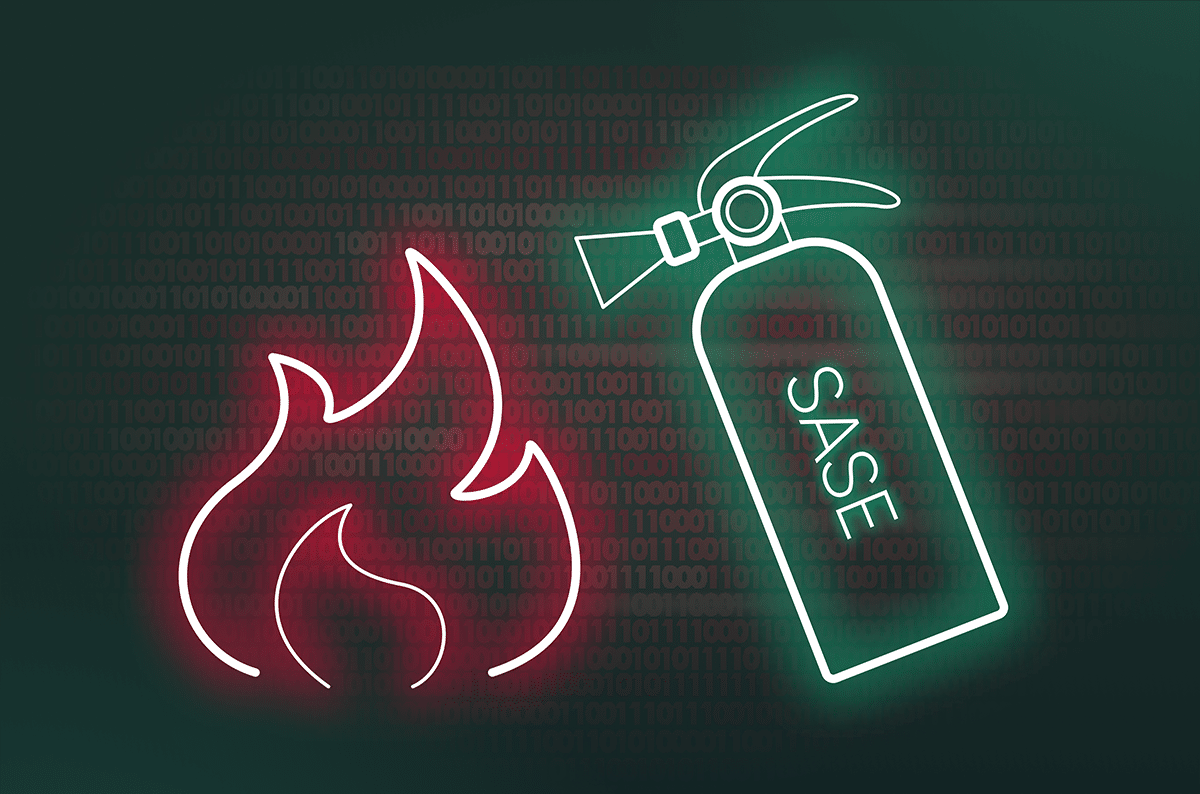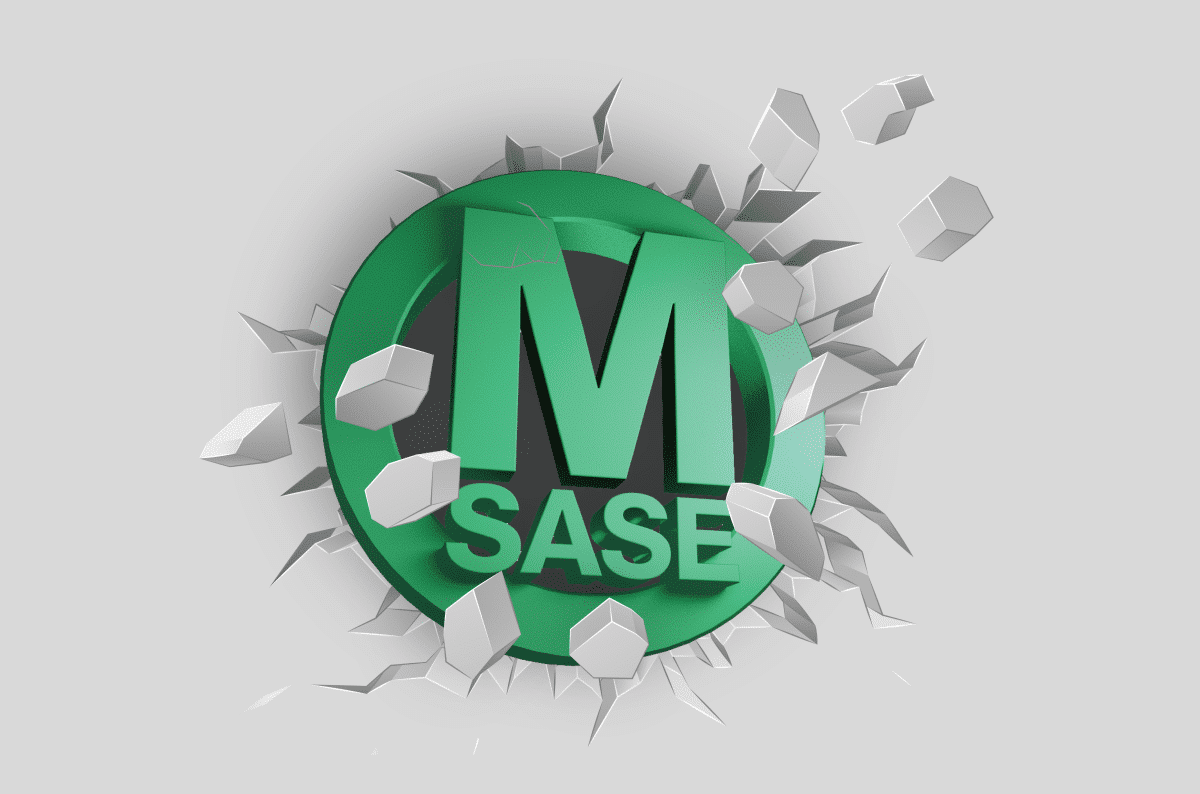Start Strong: How CISOs Make an Impact from Day 1

Table of Contents
- 1. Has the CISO role changed?
- 2. First 30 days – Learning the lay of the land
- 3. Days 31-60: Deepening your assessment and asking the right questions
- 4. Days 61-90: Finalizing your strategy and selling it
- 5. Tracking progress – the key metrics every CISO needs
- 6. It could get stressful
- 7. Why we’re sharing an eBook and what it offers
|
Listen to post:
Getting your Trinity Audio player ready...
|
CISO is a high-profile position with high expectations – and the impact clock starts ticking day 1. At Cato, we’ve had thousands of conversations with CISOs from companies of all sizes across different industries – learning about what works, what doesn’t, and the strategies that boost proactive, visionary leadership.
This blog post, along with the eBook 30-60-90 Day CISO: Mastering the IT Security Game, is rooted in that collective wisdom. Rather than just offering a slew of best practices, some clever folks at Cato have analyzed conversations to put together a plan to help CISOs hit the ground running—and keep the momentum going.
Whether you’re taking on the role for the first time, refining your approach, or even if you’re an IT security pro wondering how you can best support your CISO, this distilled guide is worth a read.
Has the CISO role changed?
It’s certainly evolved. Where reactive responses to organizational needs were once the norm, the complexity of today’s cyberthreats, tighter regulations, and the need to align cybersecurity with business objectives now demands a proactive approach.
Security is no longer just about protection – it’s about driving business success. CISOs must anticipate risks, influence decisions, and ensure security fosters innovation and long-term goals without disrupting operations.
Today’s CISO needs a diverse skill set, including:
- Technical expertise: A thorough understanding of cybersecurity fundamentals, technology, threat landscapes, risk assessments, and security operations
- Business savvy: knowledge of organizational priorities to align cybersecurity with business outcomes, and manage risk effectively
- Innovative thinking: to adapt to modern threats
- Influence: communicating security strategies persuasively to stakeholders at all levels
The goal? Build a framework that not only safeguards the organization, but propels it forward.
First 30 days – Learning the lay of the land
The first weeks are all about building trust. Rushing to make changes might be tempting, but this phase is more about listening and observing. Establish yourself as a trusted partner who grasps both business needs and the security landscape.
What to Prioritize?
- Learn about the business, its culture, and goals
- Assess the organization’s IT security operations
- Engage with business unit leaders to understand their needs, and with IT teams to undertsand gaps and risks
- Identify areas for improvement without jumping to quick solutions
Days 31-60: Deepening your assessment and asking the right questions
By the second month, you’ll have built a foundation of relationships and knowledge. Now it’s time to dig deeper into the internal security landscape. Expand your discovery to include partners, third-party vendors, and supply chain risks.
Some questions to ask:
- Are we proactive or reactive in our security approach?
- How well do we align with regulatory frameworks like NIST or ISO?
- What is the maturity level of our zero trust strategy?
This phase is also the time to introduce an independent security audit to uncover hidden risks and set priorities. This audit will help you build a roadmap that balances short-term actions with long-term strategy, and guide the allocation of necessary resources.
Days 61-90: Finalizing your strategy and selling it
With what you’ve learned over the past few months, it’s time to put everything together. Your strategy should clearly outline your vision and how cybersecurity will support business objectives. But crafting the strategy is only half the battle – you’ll also need to get buy-in across and from the board.
What to include in your strategy:
- A risk management plan
- An awareness and training plan
- Metrics and dashboards to track progress
- How IT security aligns to business outcomes
- A communication plan to keep everyone aware, informed, and aligned
Presenting your strategy effectively ensures that the entire organization understands their role in maintaining security – and that they’re committed to supporting your vision.
Tracking progress – the key metrics every CISO needs
Measuring the success of your IT security strategy is essential. Here’s a few critical KPIs to keep on your radar:
- Preparedness: how ready is the organization to handle an attack?
- Mean Time to Detect (MTTD): how quickly can incidents be identified and acted upon?
- Data Loss Prevention (DLP) effectiveness: Are false positive and negatives managed effectively?
- Unidentified devices: is there a complete inventory of connected devices and protocols for new ones?
- Intrusion attempts: how are breaches tracked, including frequency and sources?
- Mean Time Between Failures (MTBF): How frequently do failures occur, and is there a proactive approach to maintenance and trend analysis?
Tracking these KPIs will give you a clear picture of what’s working and where improvements are needed.
It could get stressful
The CISO role is demanding, and burnout is a real risk. But there are ways to manage the pressure:
- Be proactive – regular assessments and exercises will keep you ahead of threats
- Stay informed – Follow threat intelligence to anticipate future challenges
- Collaborate – build a culture of trust and delegate based on strengths
- Prioritize self-care – a strong support system and personal routine are stress relievers
Taking care of yourself isn’t just good for you – it sets a great leadership example for your IT organization. They also suffer burnout.
Why we’re sharing an eBook and what it offers
Cato created the 30-60-90 Day CISO: Mastering the IT Security Game eBook because we know those first few months are pivotal. And we’re in the cybersecurity game too so we’re here to support CISOs in their journey! It’s not just about getting through the early days though – its helping set the stage for continued success. The eBook offers detailed strategies, real-world insights, and practical advice gathered from seasoned (and very successful) CISOs. You can download it here.













